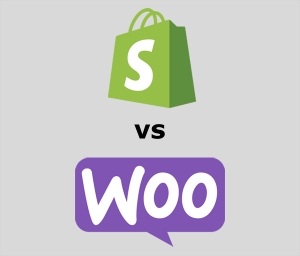WooCommerce Automated Stock and Price Updates
In any online business, ensuring stock and price synchronization is crucial for maintaining accurate inventory levels and pricing across your online store.
Here is some information about managing stock and price updates effectively.
Stock Synchronization
-
WooCommerce Stock Management
- Enable stock management in WooCommerce by navigating to WooCommerce > Settings > Products > Inventory.
- Set "Manage stock" to track inventory levels and set notifications for low stock or out-of-stock products.
-
Multi-Store Inventory Management
- Use WooCommerce extensions like WooCommerce Multistore or WooCommerce Stock Sync to sync inventory across multiple WooCommerce stores.
- These extensions can automate the synchronization process and ensure that inventory levels are consistent across all stores.
-
Third-Party Inventory Management Systems
- Integrate WooCommerce with external inventory management systems that support synchronization through APIs.
- Examples include ERP systems, POS systems, or cloud-based inventory management platforms.
-
Scheduled Stock Updates
- Implement scheduled tasks or cron jobs to periodically update stock levels between WooCommerce and external systems to maintain accuracy.
Price Synchronization
-
Dynamic Pricing
- Use WooCommerce extensions like WooCommerce Dynamic Pricing to set rules for pricing adjustments based on various factors such as quantity, user roles, or sales periods.
- This allows you to automate pricing updates while maintaining flexibility.
-
Bulk Pricing Updates
- Use plugins like WooCommerce Bulk Edit Products or WP All Import / Export to perform bulk price updates via CSV import/export.
- Ensure that pricing updates are consistent across all products and variants.
-
Currency Conversion and Pricing
- If selling internationally, use a currency switcher plugin to display prices in local currencies based on current exchange rates.
- Ensure that prices are updated regularly to reflect exchange rate fluctuations.
Best Practices for Stock and Price Synchronization:
- Automation
Automate synchronization processes as much as possible to reduce manual errors and save time. - Monitoring
Regularly monitor stock levels and pricing to identify discrepancies and take corrective actions promptly. - Testing
Test synchronization processes in a staging environment before applying changes to the live site to avoid disruptions.
By leveraging WooCommerce’s built-in features, extensions, and third-party integrations, you can effectively synchronize stock levels and prices across your WooCommerce store(s) and external systems, ensuring a seamless shopping experience for customers while optimizing your inventory management and pricing strategies.



